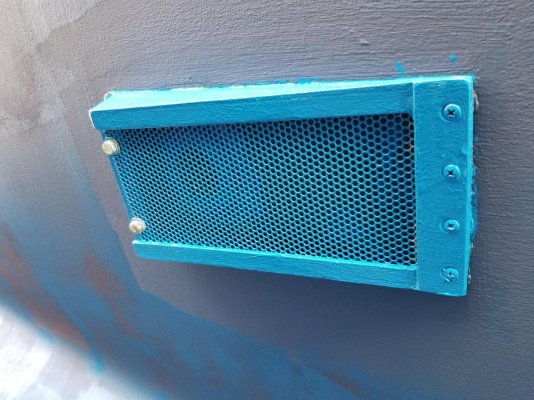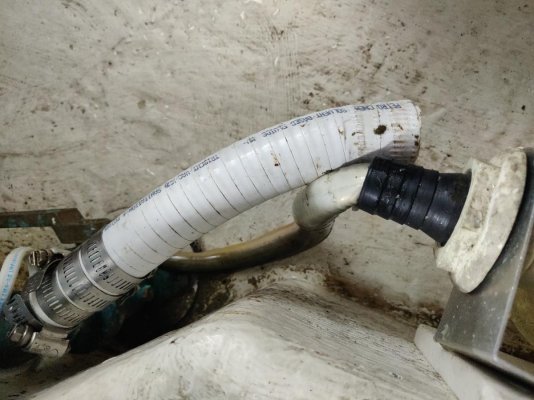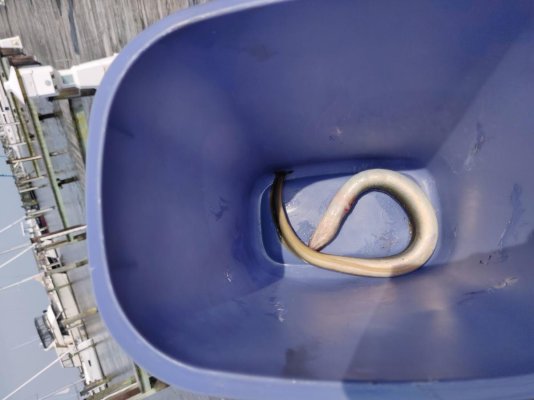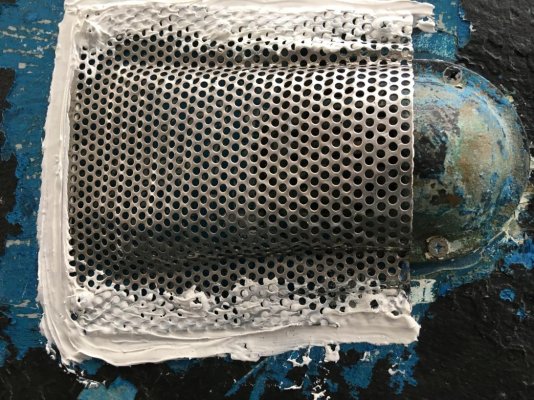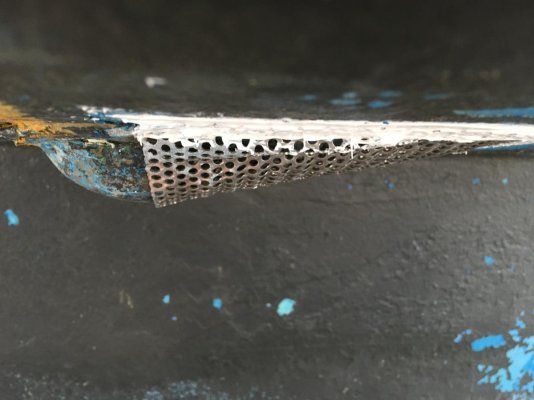Last week, while cruising in the BC Gulf Islands, I had an odd occurrence. My generator shut down on its own. Starting it up again had the same result, with a flashing message that translated to “insufficient cooling flow.”
A quick visit to the generator sea strainer and I found that it was packed tightly with a fine sea grass, the kind that is like filaments.
I dug it out - there was about a softball sized amount when I finished, maybe 3/4 of a pound. I have never had this happen before! Thank goodness the generator has built in sensors….by the way, the boat had very recently been serviced, including inspection/cleaning of the sea strainers.
Has anyone else had this occur in the BC Gulf Islands??
A quick visit to the generator sea strainer and I found that it was packed tightly with a fine sea grass, the kind that is like filaments.
I dug it out - there was about a softball sized amount when I finished, maybe 3/4 of a pound. I have never had this happen before! Thank goodness the generator has built in sensors….by the way, the boat had very recently been serviced, including inspection/cleaning of the sea strainers.
Has anyone else had this occur in the BC Gulf Islands??

